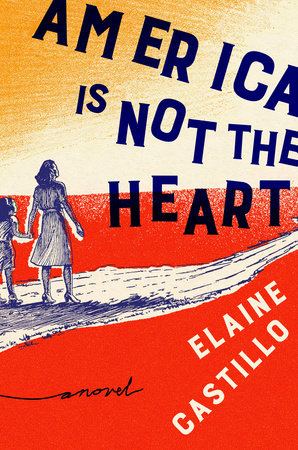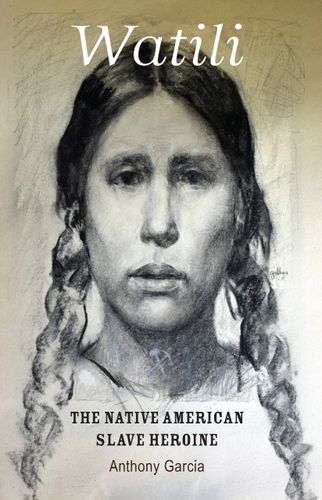My wife and I are in the dusty court yard that stretches
more than half the length of a football, at the front the Catholic Church with its doorless wall open to the courtyard. Finally there is organized movement and the Chapayekas
begin to line up on both sides of the sacred space, wearing their grotesque masks upon which they labor all year,
masks that represent evil with misshaped features of animals, of roman
soldiers, of characters from popular culture and others originating in the mind
of the person wearing it. Their bodies are tightly wrapped in colorful but
inexpensive Mexican cotton blankets, with wide leather belts dangling small
deer hoofs that emit a rattling sound when they shake their hips, which they do
often although not as often as they beat their wooden swords with a wooden
dagger. The sword beating is done in rhythmic unison in choreographed
movements, in contrast to the shaking of the hips, which are determined by the
individual as are his jester like antics around the courtyard during the three
hours that the hundreds of people have been waiting for the actual start of the
Palm Sunday event.
Despite the wait, it’s a relaxed crowd, a few hundred of
them have brought folding canvass chairs that line the perimeter of the sacred
center area that is demarked by the leaves of the cottonwood tree, more people are in
the small bleachers, as my wife and I, more yet are standing around at several food
booths on the edges or simply standing off to the side at the Fiesta Ramada watching the shirtless Pascola
(pahko’ola) dancing to the beat of a water drum, a half of a large gourd
sitting in a shallow basin of water and emitting a loud distinctive sound. A
few Chapayekas are there providing comic contrast to the Pascola who
acknowledges them during a break by offering them cigarettes which he has to place
in their pouch when the Chapayekas turn their back to him. Later the deer dancer will appear in the same area.
The people in attendance are mostly brown and are accompanied
by family, friends, old neighbors, not many seem like outsiders, not many light
skinned people. And it’s difficult to say with any certainty that a person is
Yaqui by looks alone and not a Mexican or a Chicano. Many of them speak Spanish
and English and Yaquis have been in Tucson since the early 1900’s when they
left their ancestral lands in Mexico because of constant wars and persecution
by the Mexican government. Some of the
men look like vatos, they strut, their posture rigid, reminding me of the
pintos from Los Angeles that I knew. I was once friends with a Yaqui tecato, an
excon whose three sons grew up with my son. And there was little about him that
didn’t look Chicano. Until I accompanied him to the Yaqui Easter celebration
and began to understand that they believe in seven worlds; a world of day, a world of night, a world of wilderness, a dream world, an enchanted world and two bad worlds that are never mentioned.
The Easter Celebration, including Palm Sunday, is a
conjoining of traditional Yoeme culture and Catholicism that depicts the Passion
of Christ. Todays celebration begins with the Chepayekas lining inside the
boundary formed by the cottonwood leaves and the Matachines, men dressed in
street clothes emerge from the church in two lines performing a choreographed
weaving dance that moves them down the sacred area of the courtyard to the
music of a fiddle and two guitars. When
the Matachines return to the church entrance from the farthest reaches of the
courtyard they are followed by several men come carrying two tables each laden
with a large bundle that is obviously heavy as the men strain to walk to the
entrance of the church. Women carrying a palanquin with a figurine of the
Virgin Mary also walk by and head for the church. We wait and begin hearing a
faint litany coming from the church that we learn from neighbors are prayers.
After awhile boys from the church carrying a bundle of palms that have been
blessed begin distributing them to the people, while other boys and men begin
tucking bundles of the palms in the belt of the Chapayekas, who do their best
to resist because they have been blessed and are an anathema.
The ceremony ends when the crowd receives their bundle of
palms but this is by no means the conclusion of the Yoeme Easter Celebration.
There are still days of celebration to come and will only begin to conclude on
the Gloria on Saturday with the repentance of the Fariseos and the burning of
Judas. Here is the description of that momentous part of the ceremony when the
Fariseos assault the church and are repulsed by flowers, written by Muriel Thayer Painter
in her small book A Yaqui Easter published by the University of Arizona Press
---As the Gloria is
sung a third time Fariseos run full tilt to the very door of the church, are
repulsed as before, wheel, and run back to the Judas pyre. They throw on it
their masks, swords and daggers, and it is lighted and all their symbols of
evil are consumed in the flames. The Fariseos have been ‘killed’ by flowers;
that is by the blood of Christ transformed into flowers, which is the logical
climax of the flower theme. Their godparents throw coats or blankets over their
heads and rush them to the altar to be re-dedicated to Jesus….
We have been fortunate in having sat next to Feliciana Martinez widow of the famous Yoeme mask carver Frank Chico Martinez and Part II will feature their story.













